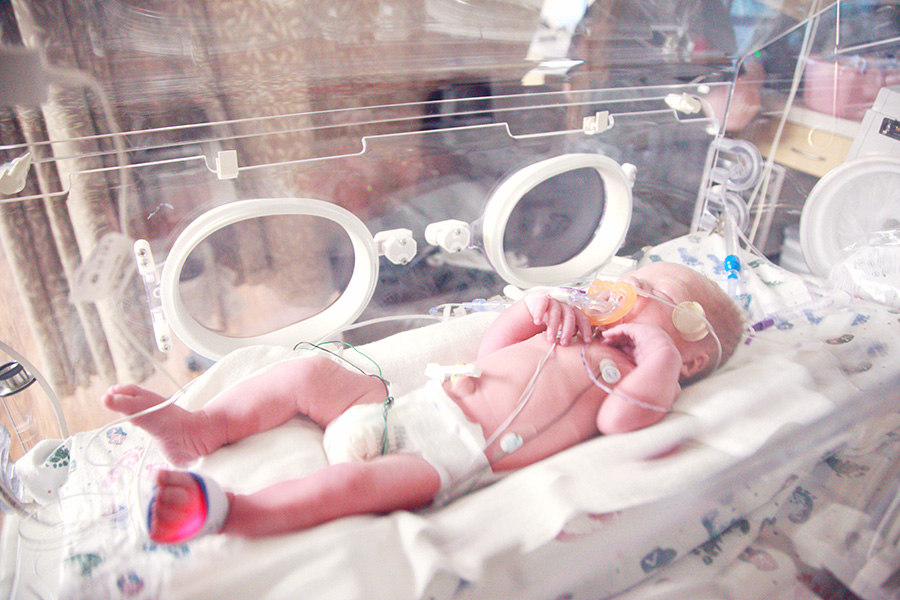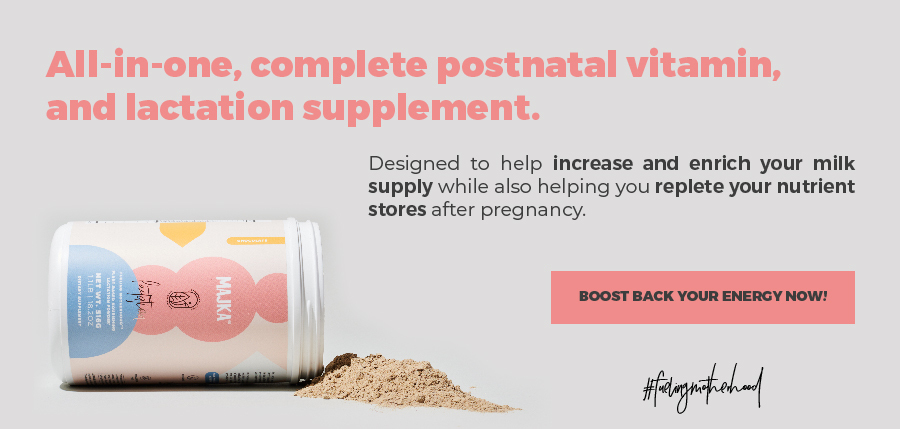
Congratulations on your sweet baby!
Although a stay in the Neonatal Intensive Care Unit (NICU) or Observation Nursery may not have been in your plans, there are still many things you can do to provide breast milk for your baby during your hospital stay. Many premature babies and other babies admitted to the NICU end up being successful breast feeders, so take heart Mama! With some preparation and commitment, your baby can still get all the benefits of breast milk. We have an article about the benefits of breast milk for premature babies here, if you would like to learn more.
Did you know that your body begins making colostrum (the first milk made just for newborns) around week 16-22 of your pregnancy?
This means once your baby is delivered, there is already milk in your breasts waiting for your baby. Colostrum is very high in antibodies (where it gets that yellow appearance) and is made specifically for your baby at their gestational age. Colostrum helps provide passive immunity to your baby, along with other important factors to boost their immune system during this critical time. According to this scientific study, “Colostrum is the most potent natural immune booster known to science.” Isn’t it amazing that your body makes this?
The most important factor in bringing in your milk supply is breast stimulation, which is especially crucial in those first 3 days. We know the earlier you start hand expressing or pumping while separated from your baby, the sooner you will be able to provide milk for your baby and lay down the groundwork for a better long-term milk supply. While your baby is recovering and unable to breastfeed, a hospital grade pump (e.g., Medela Symphony) is recommended for providing breast stimulation to bring in and establish your milk supply.
Ask your nurse or care team for a hospital grade pump as soon as you deliver, or as soon as possible.
If you have already been discharged, some hospitals offer loaner pump programs while baby’s are still hospitalized. If you qualify for WIC (Women, Infants, and Children program in the USA), they may also have a hospital grade loaner pump program for parents who have hospitalized infants. There are also many private companies available that rent hospital grade pumps, so check with your local medical supply company.
Please know that it is normal to get very little, if any, colostrum in the first few days while pumping. Colostrum is very thick and sticky, which is hard for the pump to get out. However, the pump is still providing the necessary stimulation for your body to begin bringing in your mature milk. You will start seeing more milk volume while pumping once your body starts transitioning to mature milk (around 3-7 days after delivery).
So how can you get colostrum to feed your baby if the pump is not removing it?
Hand expression! Hand expression is an excellent skill to learn in those early days as it helps express colostrum to feed your baby. You can hand express after pumping (or anytime really!) into small containers or a syringe that can be taken to your baby for feedings. Expressed milk can also be used for oral care if your baby is not yet able to take feedings.
So how often do you need to pump? Pumping at least 8 times in 24 hours will help you maximize your milk supply. This requires pumping every 2-3 hours, with one 4-5 hour stretch during the night to get a little more rest. To maximize supply, make sure you are pumping 8 times at a minimum every 24 hours. This may sound like a lot, but this frequency mimics how many times your baby would be feeding from the breast if they were able to breastfeed. The goal is to bring in a full milk supply so that when your baby is ready for breastfeeding, the milk will be there. Depending on the gestational age of your baby, you may produce a lot more milk than your baby needs early on.
However, if you want to feed your baby exclusively with breast milk (once your mature milk comes in), the ultimate goal is to produce 25-35 ounces (750-1050 ml) of breast milk every 24 hours once your supply is established. This volume comes from thinking long-term in establishing your milk supply for when your baby needs that amount of breast milk down the road. If you end up pumping more milk than your baby needs in those first few months, you may want to invest in a deep freezer for long-term milk storage or look into donating to a Human Milk Bank. There are many milk banks throughout the world that accept breast milk donations to benefit other babies. Most reputable milk banks require a note from your doctor regarding your health status and any medications you may be taking in order to clear your milk for donation; however, the process for shipping your milk (at no cost to you) is simple once you are given the green light!
You may be wondering about the best way to store milk for a baby in the NICU. Below are some tips to maximize milk usage during your baby’s NICU stay. Typically, saving milk for a baby in the NICU has stricter guidelines than those you may have seen for full-term, non-hospitalized infants. Your baby’s nurse and care team should be able to provide you with guidance specific to your hospital, however, here are some basic guidelines:
- Milk should be refrigerated or fed to baby within one hour of pumping.
- Milk should be labeled with your name, date, and time of pumping – this helps your baby’s nurse give them the earliest milk first (which has the most antibodies and immune boosting factors).
- Pump milk into smaller containers in those early weeks (0.5-1 ounce containers) – this prevents wasting previously frozen milk since it is only good for 24 hours once thawed.
- Milk can stay refrigerated for 3 days (72 hours) before it needs to be frozen for later use.
- Fresh milk, especially colostrum, is always best, so do not freeze milk if you will be able to provide it to your baby within that 3-day window of refrigeration.
- For long-term storage, milk can be stored in a deep freezer for up to 12 months and a standard freezer (e.g., part of your refrigerator/freezer) for up to 6 months. Do not store milk in the door of the freezer, but towards the back of the freezer to avoid temperature fluctuations.
There is no doubt pumping is hard work, but with this knowledge in your pocket, you’ve got this! If you have questions or are having difficulties, please reach out to an IBCLC at your hospital or in your local community for help. They can help you troubleshoot issues and support you through your breastfeeding journey! It may also be helpful to connect with other pumping/breastfeeding NICU moms through a local or virtual group for peer support. Keep up the great work, Mama!
Written By Heather Bazemore, RN, BSN, MS, IBCLC
Heather Bazemore





